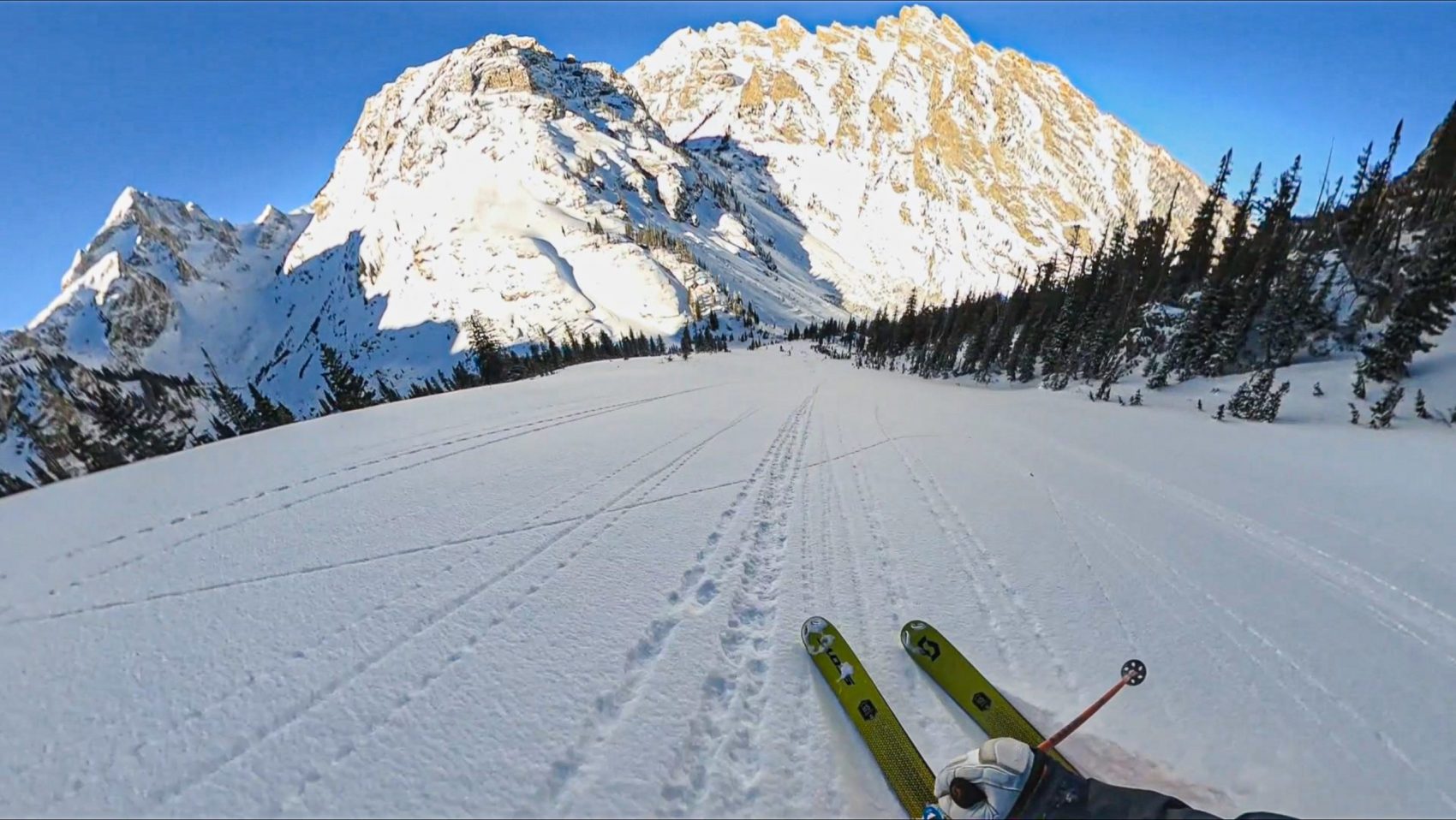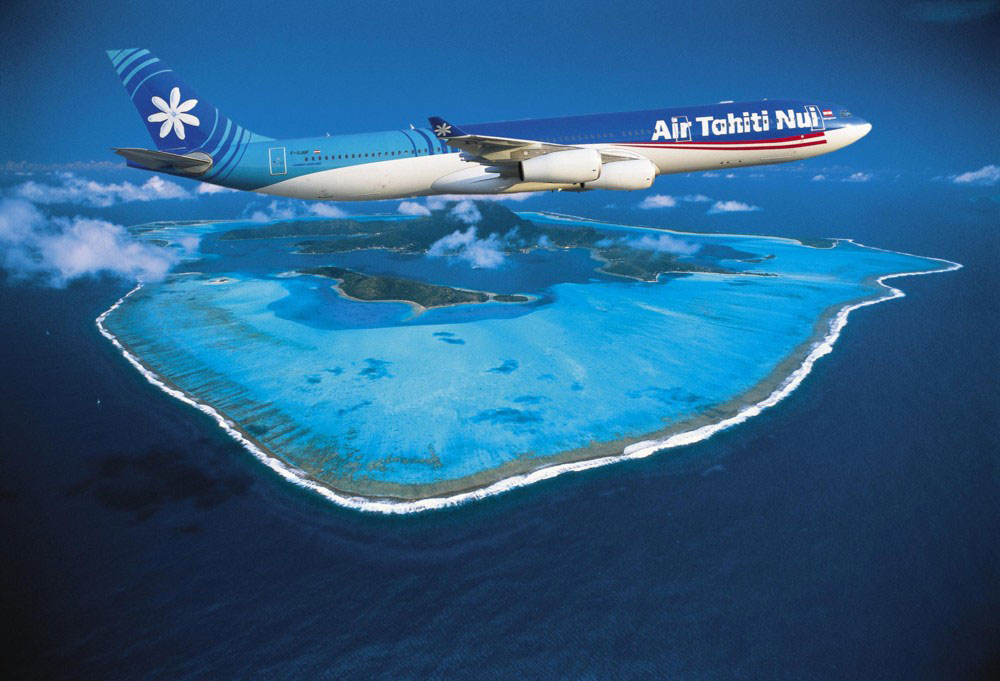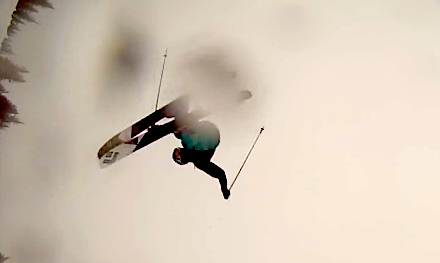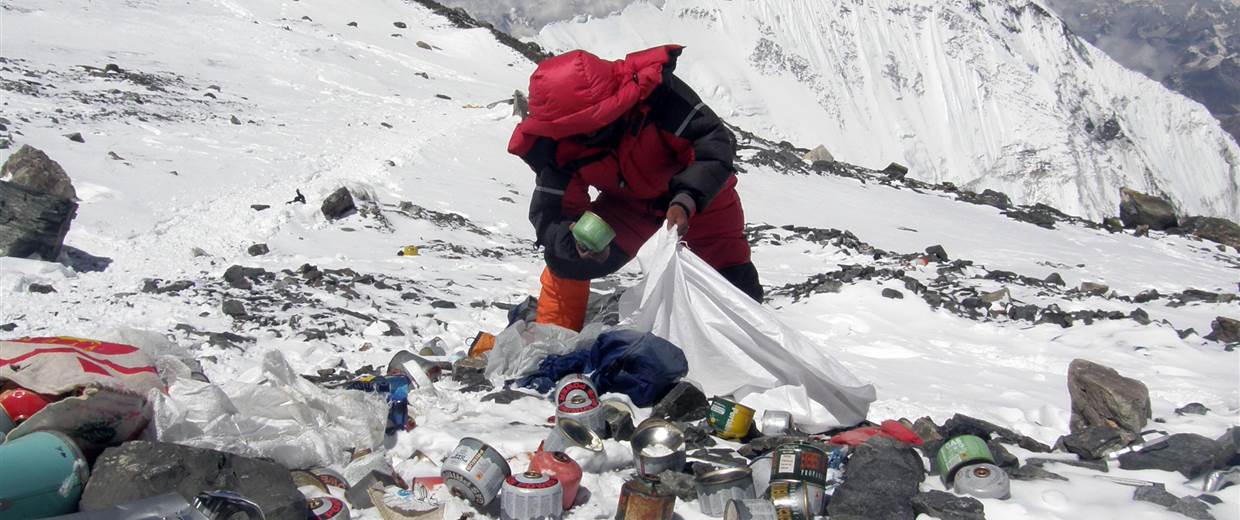
A dedicated clean-up team sent to Mount Everest has collected three tonnes of garbage in its first two weeks, officials said Wednesday, in an ambitious plan to clean the world’s highest rubbish dump. Decades of commercial mountaineering have left the pristine mountain polluted as an increasing number of big-spending climbers pay little attention to the ugly footprint they leave behind.
- You might also like: A History of Everest | What it took to Reach the Roof of the World
Fluorescent tents, discarded climbing equipment, empty gas canisters and even human excrement litter the well-trodden route to the summit of the 29,029-foot peak.
As this year’s spring climbing season kicked off last month, the Nepal government sent a 14-member team with a target to remove 10 tonnes of trash from Everest within a month and a half. So far, the team has collected and bundled three tonnes of rubbish, including empty cans, bottles, plastic and discarded climbing gear from the base camp and surrounding areas.
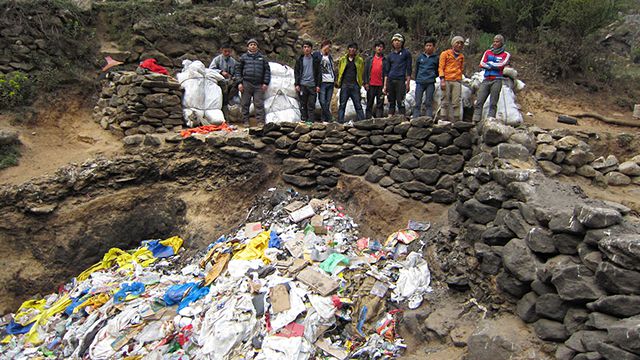
An army helicopter transported a third of the collected trash to Kathmandu for recycling. The remaining biodegradable trash was taken to the neighboring Okhaldhunga district for proper disposal. Eight members are now cleaning Camp 2 at 21,000-feet and teams of three will take turns to go up to Camp 4 at 26,000-feet, where they will spend 15 days litter-picking on the snowy slopes.
“The clean-up campaign will be continued in the coming seasons as well to make the world’s tallest mountain clean. It is our responsibility to keep our mountains clean,” an official said.
Six years ago, Nepal implemented a $4,000 rubbish deposit per team that would be refunded if each climber brought down at least eight kilos (18 pounds) of waste, but only half of the climbers return with their trash. In February, China banned non-climbers from accessing its Everest base camp in Tibet in an attempt to clean up its side of the mountain.
Over 4,000 people have climbed Everest so far, and last year saw a record 807 climbers reach the summit.

